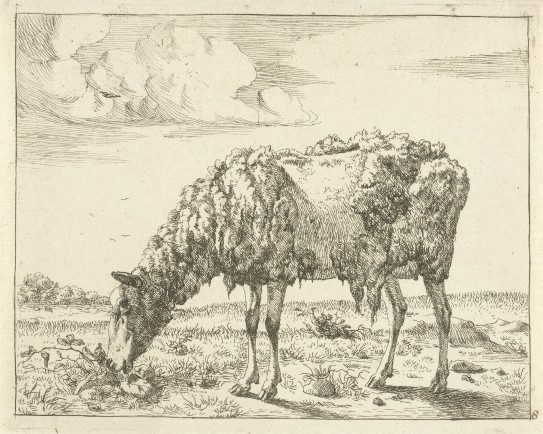Shrek, Shearing & Co-Domestication

Transcription
Actor
“He looked like some kind of biblical creature!”
Narrator
This is a quote from the owner of Shrek the merino sheep after he was found after 6 years roaming New Zealand’s South Island.
His fleece weighed 27kg – enough wool to make 20 large men’s suits!
Janne Arnesen
The story of Shrek highlights the dependency and relationship that has evolved between sheep and humans.
Both benefited from their relationship.
Wool made it possible for humans to explore and settle in previously unaccessible colder locations, from sea to mountain, while sheep wouldn’t have had as much protection against predators as they now had. And as a result, sheep spread worldwide.
Narrator
This is Janne Arnesen, art historian at the National Museum.
Janne Arnesen
The physical structure of wool made it easy to create yarn.
Humans kept developing tools to shear wool, and the act of shearing wool benefited humans ability to harvest important material.
If we look at the basic tool used for shearing wool, the actual design of the object is virtually unchanged for centuries!
Throughout millennia, shepherds have developed tools to interface with the animal - sheep bells and shepherd crooks are some of them, which then became a kind of extension of the of the shepherd.
Similarly, they have also learned how to communicate with sheep and dogs, through noises, sounds, and whistles. Shepherd dogs, for example, have developed astonishing skills to manage and collaborate with the flock at large, while simultaneously interacting with the shepherd.